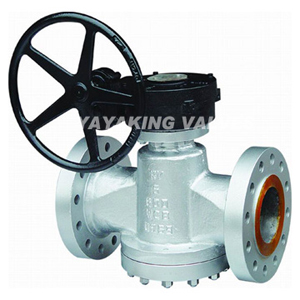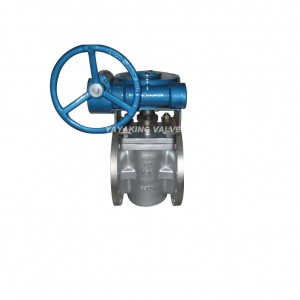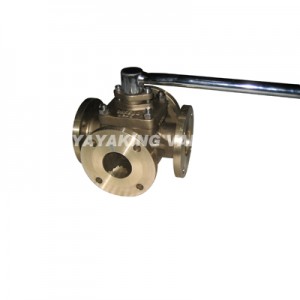Lubricated Plug Valve
Short Description:
The plug inside a lubricated plug valve has a cavity in the middle along its axis. Lubricant chamber at the bottom and the sealant injection fitting at the top ensure the supply of lubricant.
The small check valve below the injection fitting prevents the sealant from flowing in the reverse direction once the sealant is injected into the cavity.Plug surface gets constantly lubricated by the sealant that moves from the center cavity through radial holes into lubricant grooves on the plug surface. Now why we required all this? Many plug valves are of all-metal construction.
The narrow gap around the plug may allow leakage, and if you reduce the gap further, it will increase the friction and plug may get stuck inside the valve body.
The lubricant reduces the force required to open or close the valve and allows smooth movement of the plug. It also prevents corrosion of the plug.The lubricant material must be compatible with the fluid of the pipeline. It should not dissolve or wash away by the flow medium as this could contaminate the fluid, and damage the seal between the plug and the body, resulting in leakage. Also, the sealant used must be able to withstand the temperature of the flow medium.Lubricated plug valves are available in the large size range, and they are fit to work in high-pressure temperature services. These valves are subject to less wear and provide better corrosion resistance in some service environments.
Size: NPS 1/2″~36″(DN15~DN900)
Pressure Rating: ASME Class150~1500(PN16~PN260)
Body material:Carbon steel, Stainless steel, Alloy steel, Duplex stainless steel,Low temperature steel
End connection:RF, BW, RTJ
Operation:Manual, Pneumatic, Electric, Hydraulic
Applicable: Petroleum, Chemical, Pharmaceutical, Chemical fertilizer, Power industry, such as the pipeline under various working conditions, cut off or connect pipe medium.



